Micro Galaxy Discovered Orbiting Milky Way
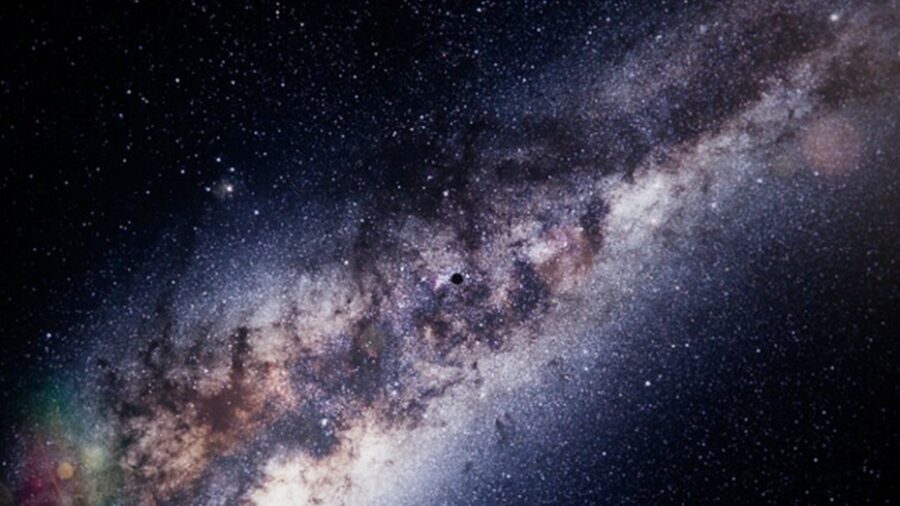
A group of scientists has discovered what is believed to be a micro galaxy orbiting the Milky Way. Located approximately 30,000 light-years away, this cluster of stars is the faintest and lowest-mass satellite ever detected within the confines of our galaxy. The find might even be predominantly governed by dark matter.
Galaxies Can Be Smaller Than We Imagined
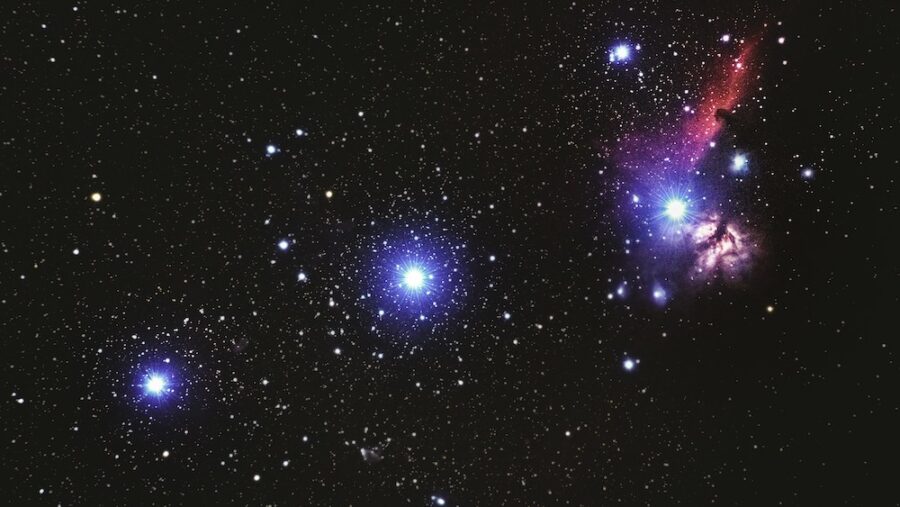
In a paper detailing the find, researchers state that its existence challenges previous knowledge about celestial structures due to its position on the fringes of our galaxy. The prevailing consensus among experts suggests that Ursa Major III / UNIONS 1 (UMa3/U1) has stayed together because of its gravitational bonds.
That means UMa3/U1, named after the constellation in which it exists and the survey project that found it, may either be a micro galaxy or an exceptionally compact star cluster. This analysis is supported by data from the Keck Observatory’s Deep Imaging Multi-Object Spectrograph, which provides compelling evidence of the gravitational interconnectedness of the constituent stars.
Stars In Perfect Sync
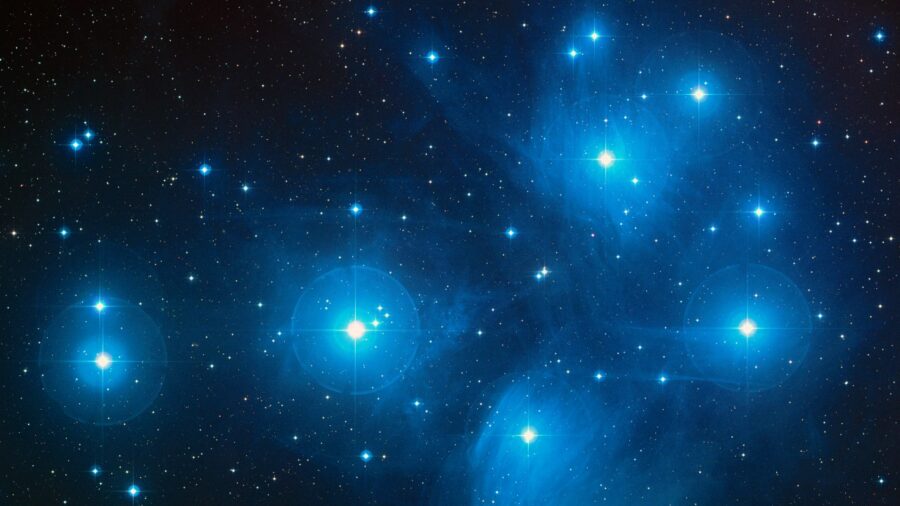
“There are so few stars in UMa3/U1 that one might reasonably question whether it’s just a chance grouping of similar stars. Keck was critical in showing this is not the case,” Marla Geha, an astrophysicist from Yale University and co-author of the study, said. “Our DEIMOS measurements clearly show all the stars are moving through space at very similar velocities and appear to share similar chemistries.”
The Influence Of Dark Matter
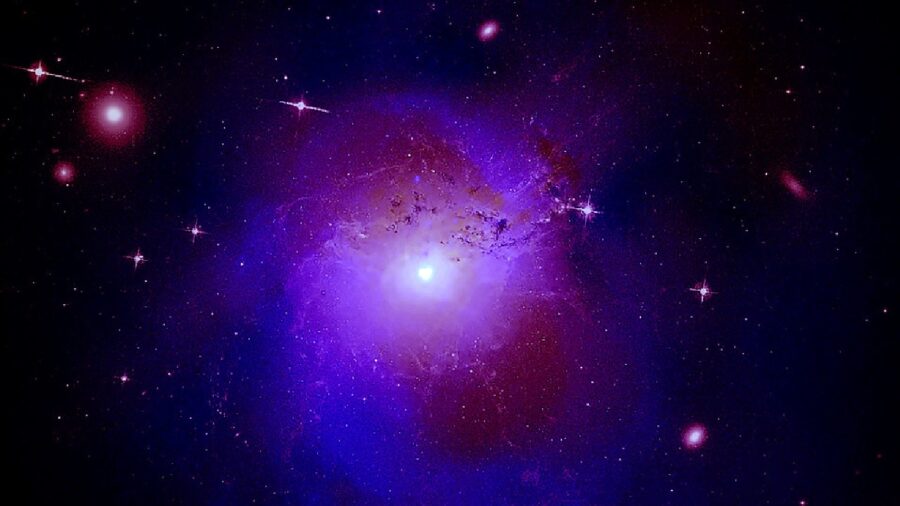
Micro galaxy UMa3/U1 is made up of approximately 60 ancient stars spanning an area just 10 light-years wide. With a collective mass of 16 times that of the Sun, this minute entity defies conventional categorization, dwarfing even the faintest known dwarf galaxies by a staggering margin. Simon Smith, lead author of the study and a researcher at the University of Victoria, emphasized its significance.
“UMa3/U1 had escaped detection until now due to its extremely low luminosity,” Simon Smith explained. This discovery may challenge our understanding of galaxy formation and perhaps even the definition of a galaxy.” Central to the mystery surrounding micro galaxy UMa3/U1 is the possibility of its dark matter dominance, a conjecture rooted in the peculiar velocity dispersion of its stars.
Gravitional Glue
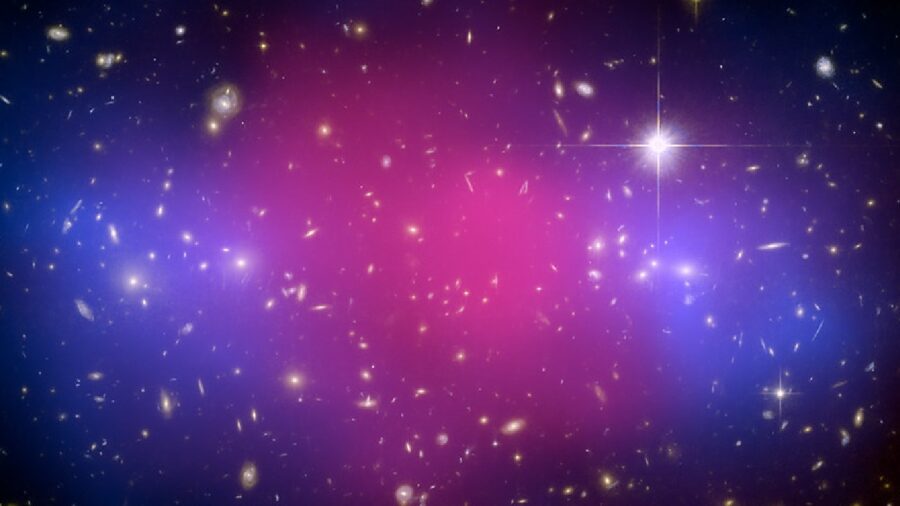
Dark matter, a mysterious entity constituting approximately 27 percent of the universe’s mass-energy content, serves as the gravitational glue binding celestial structures together. Despite its elusive nature, the influence of dark matter on visible matter remains incontrovertible, prompting scientists to explore various theoretical avenues to unravel its composition.
Micro Is Relative
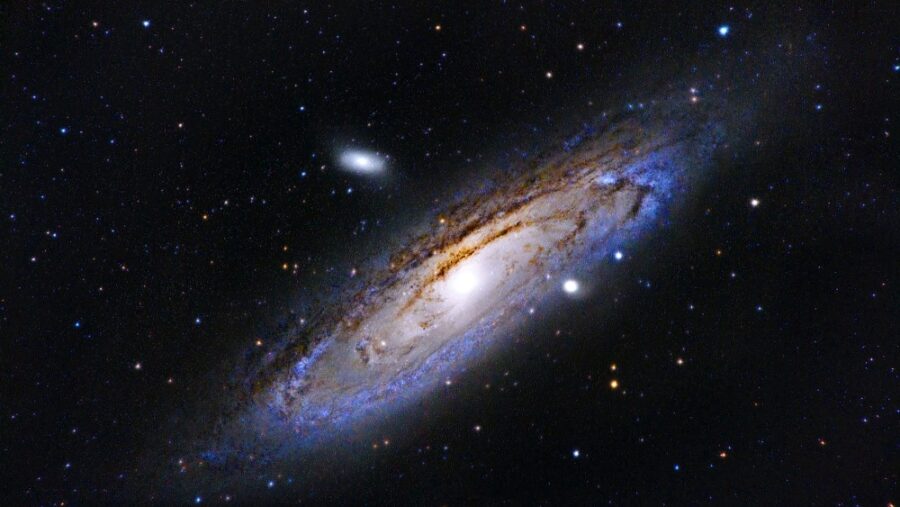
If dark matter did not play a role in shaping the micro galaxy, further investigations conducted by the Keck Observatory might provide clarity. Micro galaxies are small galaxies made up of around 1000 to several billion stars compared to 200 to 400 billion stars in the Milky Way. They are believed to be heavily influenced by interactions with larger galaxies.
Examples include the Large Magellanic Cloud, the Small Magellanic Cloud, the Fornax Dwarf, the Sagittarius Dwarf Spheroidal Galaxy, and the Ursa Minor Dwarf. The James Webb Space Telescope has discovered hundreds of ancient galaxies, some of which may be among the first members of the universe.
Over 700 Micro Galaxies Have Been Indentified
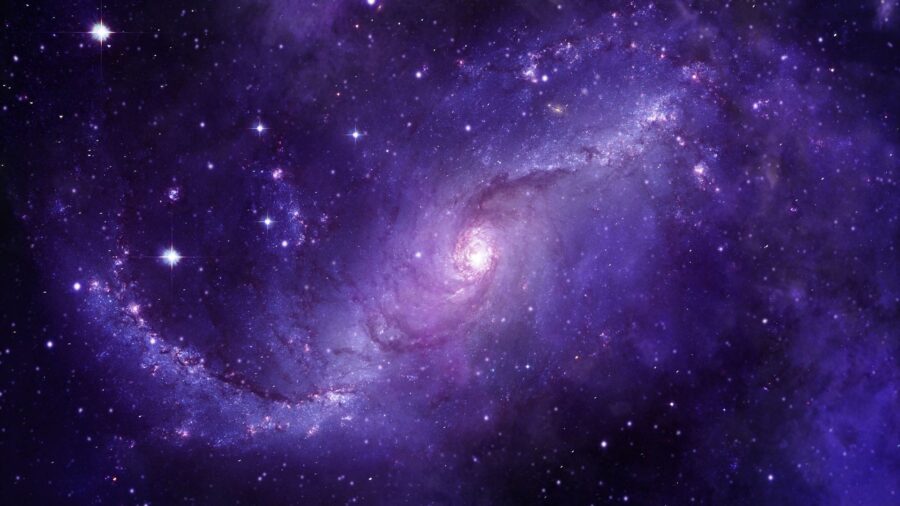
These galaxies, which are located in the GOODS-South region and the direction of the Fornax cluster, reveal the cosmos’s appearance in its earliest stages. The JWST Advanced Deep Extragalactic Survey (JADES) gathered a month’s worth of observations from these regions, resulting in the discovery of over 700 newly discovered micro galaxies.
The study is part of an international collaboration called the JADES, which aims to understand how the first galaxies and stars were formed, creating all the elements observed in the universe today.
Source: The Astrophysical Journal












